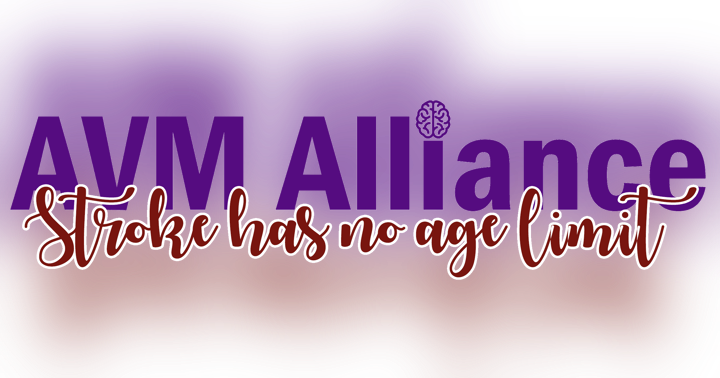MRI vs. a CT Scan

Magnetic Resonance Imaging (MRI) and Computed Tomography (CT) scans are both diagnostic medical imaging tests used to visualize internal structures of the body, but they differ in a number of ways, including:
Imaging Technique: MRI uses strong magnetic fields and radio waves to produce detailed images of internal structures, while CT scans use X-rays and computer processing to produce cross-sectional images.
Radiation Exposure: CT scans expose the patient to ionizing radiation, while MRI does not. This makes CT scans less appropriate for frequent or repeated scans.
Image Quality: MRI provides superior soft tissue contrast compared to CT scans. This means that MRI is better at visualizing structures such as muscles, nerves, and certain types of tumors. On the other hand, CT scans are better at visualizing bones and detecting certain types of injuries, such as fractures.
Scan Time: MRI scans can take much longer than CT scans, often 30-60 minutes, while CT scans typically take 15-30 minutes.
Availability of Contrast Agents: MRI can use contrast agents to enhance the visibility of certain structures, while CT scans use contrast agents more frequently.
Claustrophobia: MRI scans require the patient to lie still in a narrow tube, which can be uncomfortable and cause anxiety for some patients, especially those with a fear of enclosed spaces (claustrophobia). CT scans are usually performed in an open environment and do not typically cause this type of anxiety.
MRI and CT scans are different diagnostic imaging tests that have different strengths and weaknesses. The choice between MRI and CT scans depends on several factors, including the type of information needed, the patient's medical history and current condition, urgency, and individual preferences.
















